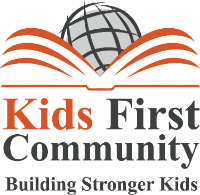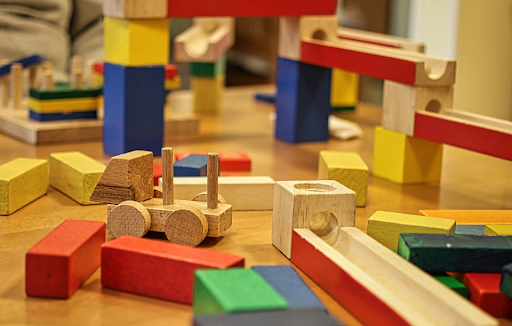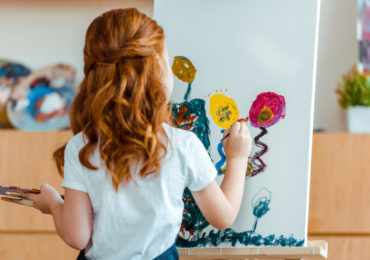You may have heard the term “open-ended toy” when shopping around for something to gift your young family members. If you’re not sure what qualifies as an open-ended toy or you’d like to learn more about why this option is beneficial for growing children, read on to cover the basics of open-ended toys.
What Are Open-Ended Toys?
Open-ended toys are toys that are designed to be played with in a number of ways, as in, the toy is not intended to be for a specific purpose. For example, building blocks, pretend food, and even plastic/wooden boxes can be considered open-ended toys. They allow children to pretend the toy is anything they want it to be.
Encouraging your children to play with these items helps them explore their creativity, communication skills, and imaginative efforts without the limitations often set by more closed-ended toys.
Benefits of Open-Ended Toys
In addition to helping your children explore their own creative interests, open-ended toys are beneficial for:
- Extended Play: Open-ended toys help keep your child’s attention focused for longer periods of time than closed-ended toys. A toy with many applications doesn’t become boring as quickly as a toy with only one application.
- Age Inclusion: Open-ended toys are not usually designed with a specific age limit in mind. Most are applicable for children of many age groups, so one type of toy can be played with by all of your children. As such, they’re an excellent option for large families.
- Money-Saving: Open-ended toys are often more affordable and more durable than many of the standard toys you might purchase at a toy store. They’re also ideal tools for families who encourage pretend play without having to invest in every new toy to hit stores.
Examples of Open-Ended Toys
There are plenty of open-ended toys on the market today, many of which have been popular for decades. Give some of these options a try if you’re looking for an open-ended toy your child can play with creatively.
- Art easel (with crayons, pencils, pens, markers, or paint)
- Building blocks (including Legos or Lincoln Logs)
- Pretend food, animals, cars, or dolls
- Fridge magnets or magnetic building items
Open-ended toys are environmentally-friendly, often battery-free, and they encourage children to be creative in the ways they play. They can be incredibly beneficial in helping children to engage their imaginations and develop effective communication skills during playtime.








